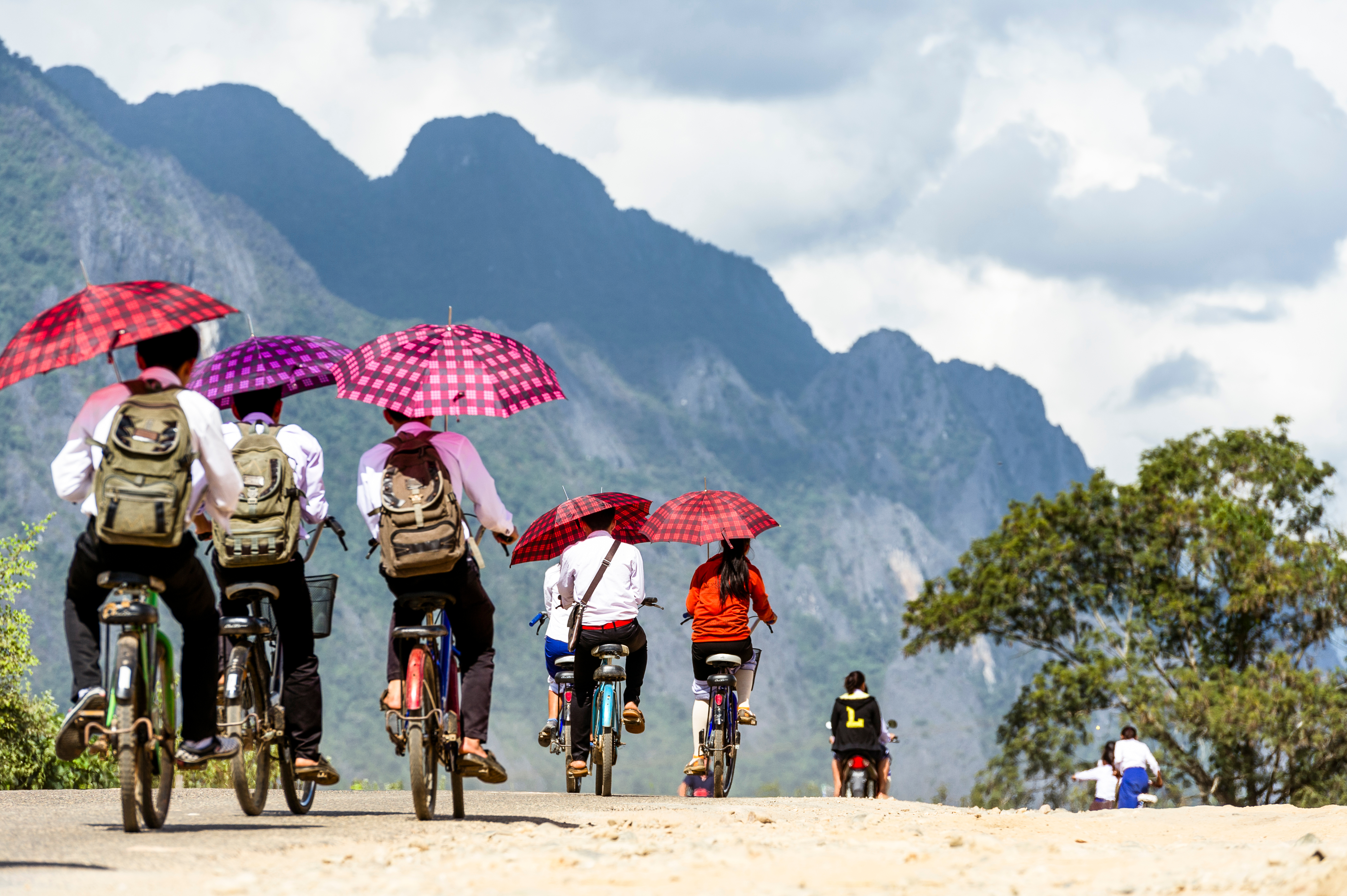
For several decades U.S. policy has been gradually “tilting” toward Asia. With a population of 650 million and an average economic growth rate of 5 percent, Southeast Asia has been one of the most economically dynamic regions of the world and over the past decade has drawn rising attention from policymakers and investors alike. The region is the focus of intense economic and geopolitical competition, most obviously between the U.S. and China, but also involving Japan, Australia, India, and various European nations. It is the home of seven lower-middle-income countries, some with serious pockets of poverty and, in recent times, retrenchment in democracy and basic human rights. Therefore, it is a prime candidate for increasing the effectiveness of development assistance through collaboration among donors.
In a recently published series of six papers, I explore development areas of need and potential collaboration among donor countries to heighten and accelerate the impact of their assistance. The analysis focuses on the seven lower-middle-income countries in the region—Cambodia, Indonesia, Laos, Myanmar, the Philippines, Timor-Leste, and Vietnam—and on five principal donors to those countries—Australia, Germany, Japan, South Korea, and Australia.
An overview policy paper sets out the overall framework, reviewing relevant donor policies and different modalities for donor collaboration. Five subsequent papers analyze the needs and opportunities in specific sectors—digital technology, education, health, women’s empowerment and gender equality, and governance and public administration. The sector papers address: why the sector is important to human and national development; how the seven countries rank on key indicators to identify gaps where assistance might be most relevant; levels of donor assistance and activities in the sector; and potential areas for collaboration.
Advantages of donor collaboration
As part of the development effectiveness agenda, and to leverage their assistance, donor countries are collaborating in providing development assistance. The advantages of donor collaboration include additional financial and technical resources, opportunities to leverage the comparative and complementary assets of partners, and the exchange of knowledge and mutual learning.
Particularly interesting and powerful are the dynamics between established and newer donors. Specifically, the traditional donor brings resources and long experience in the practice of managing development assistance. The new development donor (e.g., South Korea), often sharing economic, geographic, and historical commonalities with the recipient country, brings recent experience dealing with similar development challenges at home and relevant cultural and regional knowledge.
From the perspective of the more recent development donor, the benefits of collaborating are enhanced technical capacity and strengthened policy and institutional frameworks. From the perspective of the established donor, the advantages are access to the partner’s knowledge and ability to operate locally and scale up.
Forms of donor collaboration
Donor collaboration can take a variety of forms along a continuum: from loose coordination to full integration; collaboration at the level of policy, program, and project; and joint engagement at the global, regional, national, and subnational levels. The nature of collaboration depends on the degree of commonality among donors’ foreign policies and development objectives and programs and the extent to which they operate in the same countries, geographic regions of a country, and sectors.
Donor collaboration is not easy. The challenges stem from donors having different decisionmaking and management processes and requirements, different sector priorities, and different interests in a country and region.
On the other hand, the case for donor development collaboration in Southeast Asia is compelling. It is a dynamic and increasingly important region of the world. The five donor countries covered in this research have a history of working together, and they have similar interests in the region. Collaboration can magnify the impact of their development efforts. The development needs of the lower-middle-income countries in the region have been made even more urgent by COVID-19. The collective efforts of the five donors, if effectively synced up, serve as a counter to China’s opaque, debt-strapping programs.
Opportunities for collaboration
The papers identify various opportunities for donor collaboration. With COVID-19 focusing attention on health, donor collaboration on building comprehensive health systems would benefit all of the seven lower-middle-income countries. Specifically, they could work together to expand the reach and depth of the Global Health Security Agenda to build the financing necessary to support a national health system.
Education is a priority for all donors and recipients, specifically the intersection of education and workplace opportunities. They could collaborate in the area of facilitating the school-to-work transition and the urgent need to ensure that all students return to school post-COVID-19.
Particularly interesting is the potential for collaboration in the area of digital development. The five donors all have advanced digital capabilities and strong development and foreign policy interests in how digital evolves in the region. They would be natural partners in contributing to the development of digital infrastructure, skills development, capacity building, and the supportive enabling environment. Collectively their efforts would provide the breadth and scale required to bring the lower-middle-income countries into the digital readiness required for the economic and social dynamics of the 21st century and to better respond to the COVID-19 pandemic and deal with the next one.
"asia" - Google News
December 17, 2020 at 08:41PM
https://ift.tt/3akHFtl
How international development donors can collaborate in Southeast Asia - Brookings Institution
"asia" - Google News
https://ift.tt/2YpEquI
https://ift.tt/2WkdbyX
Bagikan Berita Ini














0 Response to "How international development donors can collaborate in Southeast Asia - Brookings Institution"
Post a Comment